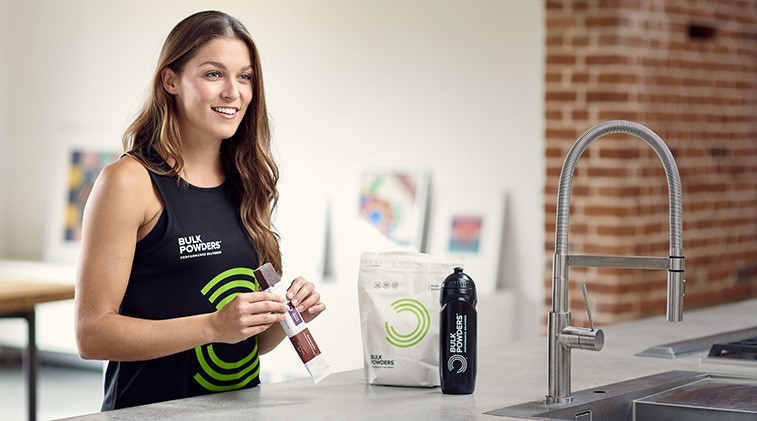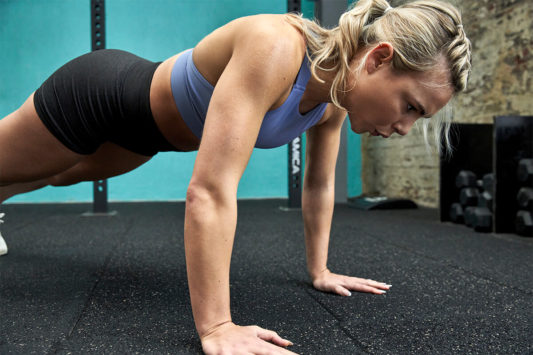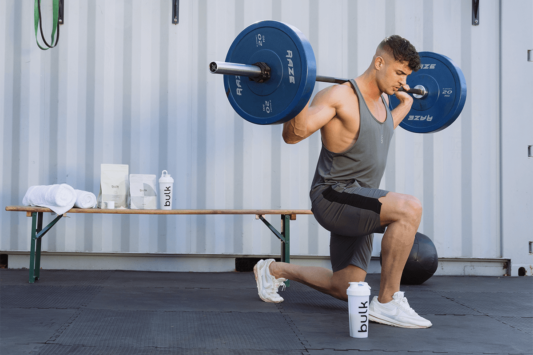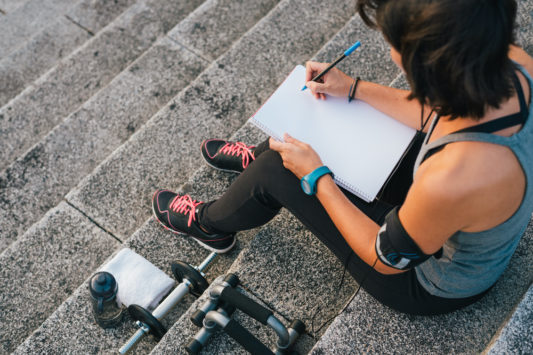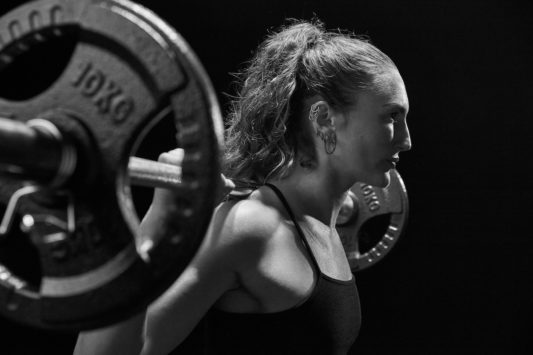Excited to go away this summer but constantly battling with your big appetite to keep the pounds off? Don’t worry, I’ve got you covered. Within this article I’m going to provide you with the knowledge to help you get leaner without the hunger pains and irresistible cravings!
The Golden Rule – Calories in vs Calories Out
First things first; the one rule which you simply cannot ignore is “calories in vs calories out“. If you’re not in a calorie deficit then you simply will not achieve the goal you’re aiming for. It’s essential that you keep your calories in check and you consume enough protein when trying to lose body fat, otherwise your chances of success will become slim.
Calories & Food Volume
There are 4 calories (kcals) in 1g of carbohydrates and 4kcals in 1g of protein, while there are 9kcals in 1g of fats. What’s important to understand is that foods of the same weight and size do not hold the same caloric value. For instance, 1 table spoon of peanut butter contains 90kcals while 1 table spoon of sugar only contains 48kcals. This is due to fat being higher in calories than carbohydrates and protein, and peanut butter is comprised of fats and protein while sugar is made up of carbohydrates.
Now that we’ve grasped the concept of calorie volumes, let’s have a look at some food options that are high in volume but low in calories.
Calories in Vegetables & Salads
Lettuce contains 15kcals per 100g, so in theory you could consume 1kg of lettuce and only intake 150kcals. The sheer volume of the food would then keep you full and lessen your cravings for more food while the food in your system is being digested. Of course, eating 1kg of lettuce wouldn’t be very appealing and I certainly wouldn’t advise it; that example was just to highlight the importance of food volume.
Vegetables and salads are mainly very low in calories and very high in volume, which makes them a great choice if you have a big appetite. Lean protein sources such as chicken breasts are a great addition to salads which aid you towards reaching your daily protein requirement. 113g of chicken breast contains just 120kcals and 24g of protein. Accompany your protein source with a small helping of carbohydrates to meet your total carbohydrate and calorie goals, and bulk out the meal with lettuce/rocket/watercress and other high-volume vegetables such as cucumber, carrot and pepper to curb your hunger feelings.
Protein sources also take the body longer to break down, which means by eating more lean protein sources you’ll feel satiated for longer.
Food Timings
Although eating more frequently can help to increase metabolism, when you’re in a caloric deficit it’s difficult to make a smaller number of calories stretch over 5-6 meals instead of your usual breakfast, lunch and dinner. This is why bulking out your meals is very important if you’re serious about losing fat.
For example, if your maintenance calories were 2250kcals per day and you decided to create a large deficit of 500kcals per day, you’d only have 1750kcals to consume over 6 meals. This would work out at just 291kcals per meal, which is quite a small amount of food in usual terms. Just to put it into perspective, that’s about ¾ of a McDonald’s medium milkshake.
Eating 5-6 meals a day would definitely be possible if you bulked out each meal with low calorie, high-volume foods as mentioned previously. However, if you’d prefer to eat bigger meals, or you simply don’t have time to eat so frequently, then the usual breakfast, lunch and dinner options may be more suited to you. Having just 3 meals per day will also allow you more calories per meal, for instance using the same number of calories as earlier (1750kcals), a person would be able to consume 583kcals per meal, which would be much more filling, and would require less bulking out.
Taking into consideration the amount of time which would be left between meals with only having 3 per day, you may wish to supplement caffeine.
Caffeine
Caffeine is known to suppress appetite while reducing fatigue and increasing alertness. It’s safe to consume up to 400mg of caffeine each day, which is roughly the equivalent to 4 standard cups of coffee. A great way to help maintain your energy levels and suppress appetite is by consuming caffeine between meals; for example, spacing out coffees midway between your breakfast and lunch, followed by midway between your lunch and dinner is one method you may wish to implement.
You can also find caffeine in a number of BULK POWDERS® pre-workouts, which are perfect to take prior to exercise and will help your performance and alertness in the gym while suppressing your appetite!
Take Home Message
Bulk out your meals with low calorie vegetables to help curb those hunger cravings. Supplement caffeine to help you stay alert and energised while in a deficit! Remember, calories in vs calories out matters most.
ABOUT THE AUTHOR
George Platt (BA, Hons.) is a Personal Trainer, Online Coach and Fitness/Nutrition Writer. George’s passion for physical activity and health developed from a young age after having open heart surgery. You can find out more about George via his website or Instagram: @GeorgePFitness93.
